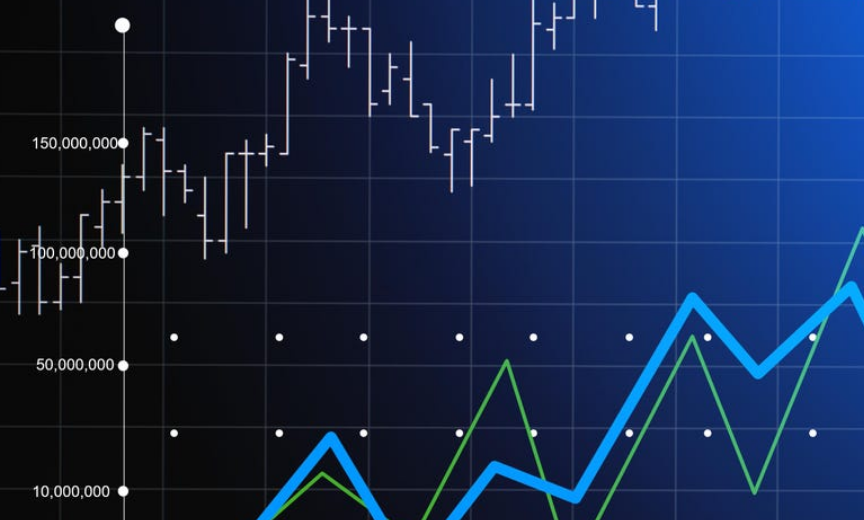Factor investing entails what exactly?
Nov 04, 2023 By Triston Martin
Factor investing is a strategy for increasing portfolio returns by selecting companies according to predetermined criteria. Investment returns can be split down into two categories: macroeconomic influences and stylistic preferences. In contrast to the latter, which reflects overarching concerns in the market, the former aims to explain returns and risks within individual asset classes.
We can look at inflation, economic expansion, and unemployment as examples of macroeconomic indicators. The business's creditworthiness, the marketability of its stock, and its susceptibility to price swings are all microeconomic variables. Style elements include growth vs. value stocks, market capitalization, and the economic sector.
What You Should Know About Factor Investing

Investing in factors is done to boost portfolio diversification, generate outsized profits, and decrease exposure to unnecessary risk. Diversifying a portfolio has been recommended for some time, but it may not be worth the effort if the chosen stocks replicate the market's movements. When the market has a downturn, an investor may select a portfolio with equities and bonds that both decline in value. However, factor investing can mitigate risk by concentrating on large, established, and generally accepted return generators.
Compared to the relative ease of more traditional portfolio allocations like 60% equities and 40% bonds, the sheer diversity of possible investment characteristics may seem overwhelming. The best place for novices to begin when learning about factor investing is with the more fundamental qualities, such as style (growth vs. value), size (large cap vs. small cap), and risk (low vs. high) (beta). Popular stock research websites generally give this information, making it simple to obtain for an extensive range of stocks.
Smart Beta's Importance for Investment Portfolios
The foundation of value investing is purchasing stock shares below their actual value. Popular measures include the price-to-book ratio, the cost-to-earnings ratio, dividends, and free cash flow.
Stock portfolios focused on small and medium-sized companies have historically outperformed those concentrated on large and multinational corporations. A stock's market capitalization gives investors a sense of its size.
Stocks that have already shown remarkable performance have a good chance of experiencing significant momentum gains in the future. Return comparisons over three months to one year form the basis of a momentum strategy.
If a business is well-run, it will have few debts, consistent earnings, growing assets, and a solid track record of management. Investors can choose reliable organizations using standard financial metrics, including return on equity, equity debt, and earnings fluctuation.
Volatility

Empirical studies have shown that low-volatility stocks outperform highly volatile assets in risk-adjusted returns. The beta is often captured by looking at the standard deviation across a one- to three-year time frame. One possible explanation is the Fama-French three-factor hypothesis.
One well-known multi-factor extension of the capital asset pricing model is Fama and French's three-factor model (CAPM). Economists Eugene Fama and Kenneth French created a financial instrument called the Fama-French model. It considers the company's size, book-to-market ratio, and excess return on the market. This model uses the differences between three sets of numbers: small minus large (SMB), high minus low (HML), and portfolio return minus the risk-free rate of return. Companies with tiny market caps and high book-to-market ratios (HML and SMB, respectively) are two categories of publicly traded companies that have historically outperformed the market.
With factor investing, criteria are used to select companies for a portfolio. Investors typically consider value, size, volatility, momentum, and quality when making stock purchases. Factor investors spread their money throughout the world and across asset classes by analyzing interest rates, GDP growth, credit risk, liquidity, and inflation.
Factor Investing Explained with Examples
Factor investing is financing based on characteristics that have been shown to drive stock returns. Stock returns are driven chiefly by market performance and particular company characteristics, but these five factors have also contributed significantly to returns. For this reason, it is possible to outperform the market by screening companies and investing solely in those successful in the factor tests.
Size
Small-cap equities outperform their larger-cap counterparts. Small-cap stocks are the main focus of the funds that use this factor. Stocks having a market capitalization of $300 million to $2 billion are considered small caps.
Small-cap firms are more precarious than their large-cap counterparts because of their lack of stability. Taking up more of a challenge and having more room to expand usually results in higher profits.
Value
Price-to-book ratios were initially the foundation for the value factor. As time has progressed, this has shifted, and today most factor funds employ a mix of ratios, such as price/book and price/earnings. Some funds create their unique valuation metrics to utilize as a selling point.
Since market prices always tend to settle back to the mean, the value component holds. Stocks that are undervalued but neglected for an extended time will eventually become expensive.

Investment
Unlocking the Potential of a Life Insurance Retirement Plan (LIRP)
Learn how a Life Insurance Retirement Plan (LIRP) can help secure your financial future. We break down the basics in simple terms
Learn More
Banking
Best Mobile Banking Apps
Mobile banking may be a godsend for those always on the go. The following list highlights the top mobile banking applications based on the available features and their ease of use. Continue reading to find out how to choose the finest mobile banking app for your requirements and the benefits and drawbacks of each app.
Learn More
Business
Leading with Vision: The Rising Influence of Women Business Owners
This article explores the impact of women entrepreneurs in male-dominated industries, their influence on the global economy, and challenges they face, while promoting gender equality.
Learn More
Know-how
Progressive Auto Insurance Reviews
1937 was the year when Progressive Mutual Insurance Company first started selling auto insurance. Today, in addition to providing insurance for drivers, Progressive also provides insurance for homes and other properties, businesses, and a wide variety of personal insurance options, including plans for life, pets, and travel.
Learn More
Banking
All About High-Limit Credit Cards
Making purchases using a credit card saves time and effort, but not all credit cards are the same or provide the same benefits. If you frequently make large purchases or have very high monthly expenses, you may benefit from a credit card with a higher spending limit. High-limit credit cards typically feature better perks and rewards than lower-limit cards, but they may also have higher fees and interest rates.
Learn More
Investment
Stock Delisting vs. Stock Suspension: Key Differences Explained
Discover the key distinctions between stock delisting and stock suspension, how they can impact a company's stock market status, and the reasons.
Learn More